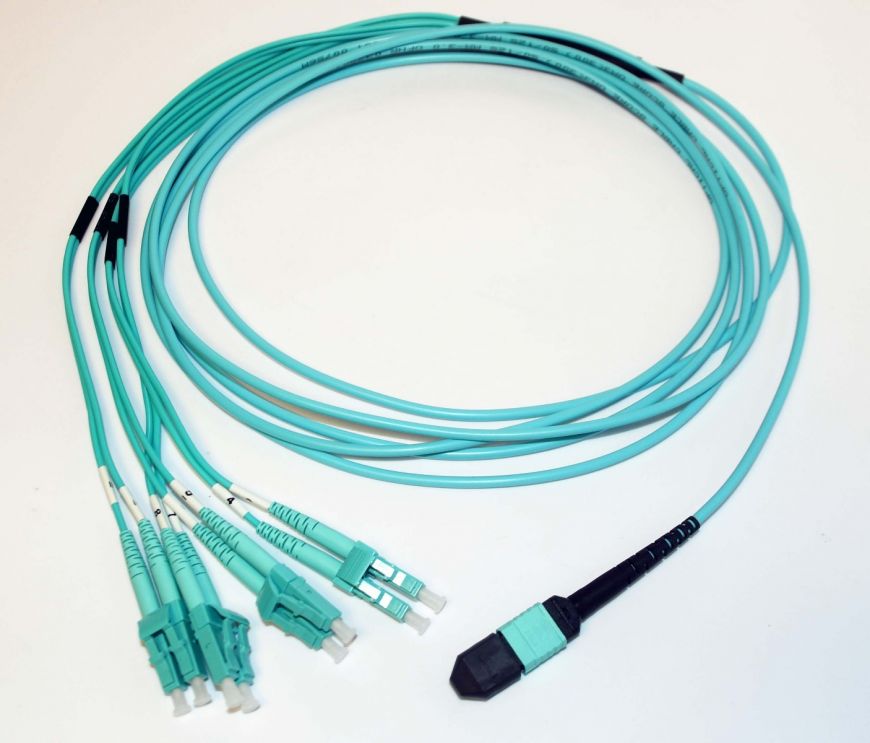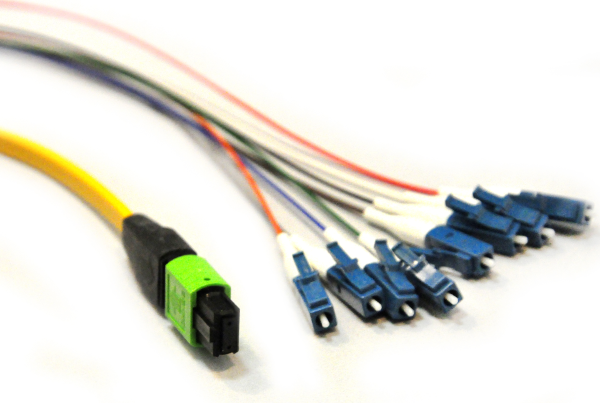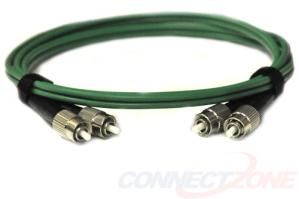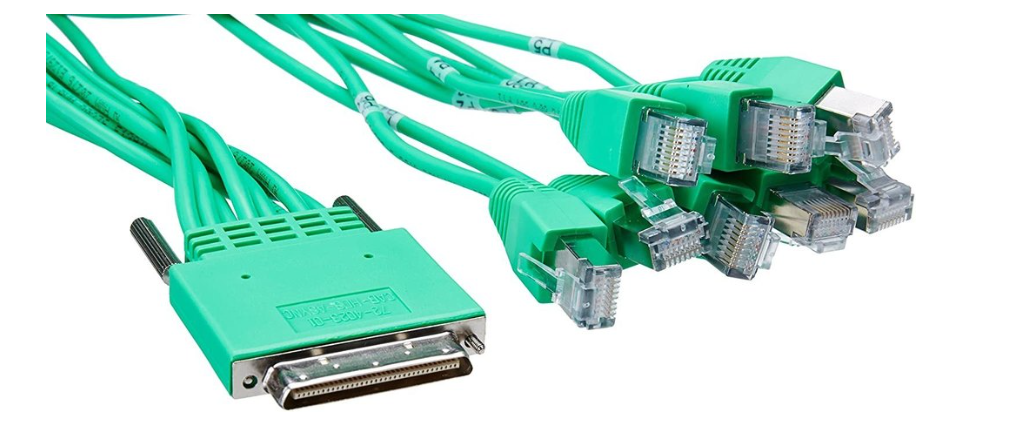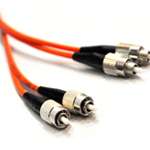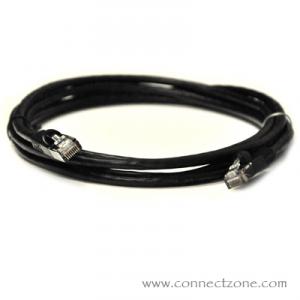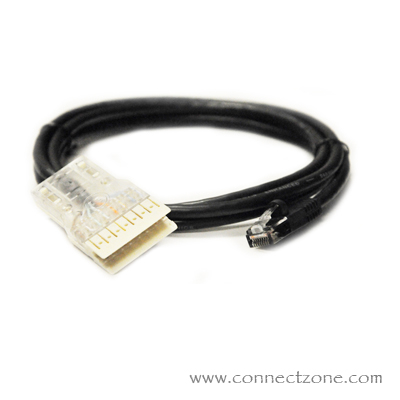We use cookies to make your experience better. Read more
- Read more
Ethernet cable and patch cable are used in our daily lives and are very popular. Often people are confused when it comes to Ethernet cable vs patch cable, however, worry not, because in this post, the focus will be on the differences between Ethernet cable vs patch cable.
- Read more
The fiber optic cable can be classified into different groups according to different standards. One of which can be divided as single-mode (SMF) and multi-mode (MMF) fiber. Comparing these two types of optical cables will help you pick the most fitting system cable for your usage.
- Read more
OM3 and OM4 are common kinds of multimode fibre used in area networks, usually in backbone cabling among telecommunications rooms and within the data centre amongst fundamental networking and storage area network (SAN) switches.
- Fiber optic cable is substituting the copper cable for communication. One primary purpose of using the fiber optic cable is that it covers a vast distance of phone systems and network platforms, for example, school campuses and office buildings and industrial plants, and electric power agencies. Additionally, current fiberoptic cable is capable of operating at an astonishing speed to fulfill the ever-growing requirements of infrastructure. In today’s blog, we're getting to exemplify the fiber optic cable speed, that includes single mode fiber and multimode fiber speeds too. Fiber optic cable contains strands of optically pure glasses. These strands of glass are thinner than a human hair and can convey electronic data over a far distance. Digital signals are sent as pulses of light without any hindrance or limit. In this manner, the electronic transfer process is faster and much more reliable. Fiber-opticRead more
- Read more
Fiber-optics uses hair-thin strands of glass or fiber to send signals. The light from the sender end is guided through the center of this fiber which is called “Core”. A chemical substance surrounds this center called the cladding that encapsulates the light from the center using an optical method known as "total internal reflection." An ultra-pure glass is used to manufacture the cladding and core. The optic fiber is covered with a protective plastic known as the Primary buffer coating which protects it from moisture as well as other damages. Further, additional protection is added by the cable that contains the fibers and another layer inside which is called the Jacket. There is practicality associated with employing fiber optic cable core types for communication and data transfers. Communication engineers or system supervisors have to know about their fundamentals nicely before designing a system of optical fibers in the order they may take quick conclusions. As
- The Fiber optic technology is quicker and faster than the copper in the transmission of information/data. One of the significant reasons is that the fiber optic innovation transmits information in pulses of light while the copper wires transmit information via electrical flows. Accordingly, there is less resistance along the fiber optic when contrasted with copper wire. Thus, you would see that nowadays the fiber optic cable is used for internet connection services more. Ever since its development, Fiber Optics have played a significant role in the increase of the broadband speeds of the Internet. With global Internet speeds reaching upto 100 Mbps in downstream speeds is turning into a standard. It is anything but trying to overlook that before these speeds were feasible, we previously utilized the copper frameworks made by phone organizations to exchange the majority of our information.Read more
1- Why Use




